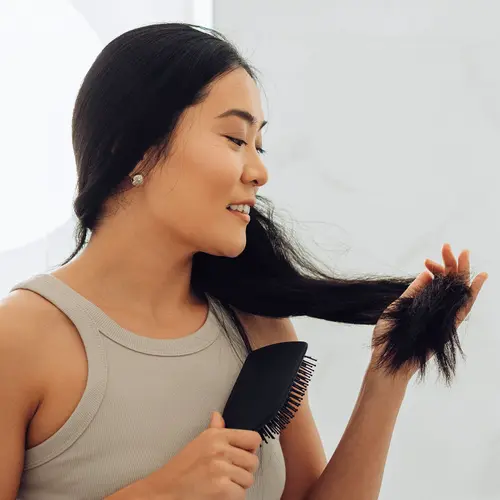Some people have stubborn areas of fat cells that will not shrink no matter how much they diet or exercise. The common areas for these fat pockets include the chin, neck, hips, backs of arms, abdomen, above the knees, thighs, buttocks, calves, and ankles.
A technique called ultrasonic-assisted lipoplasty (UAL) may help you address that unwanted fat. UAL is an enhancement to liposuction. To keep your new shape and new weight after lipoplasty, you will need to follow a proper diet and exercise plan.
Every person's outcome will vary based on factors such as how much fat is removed and the area that's treated. Before you decide whether to get this procedure, you should talk with your doctor about your goals, the results you can expect, and how to maintain your new body shape.
How Lipoplasty Differs From Other Liposuction Techniques
Lipoplasty uses high-frequency sound waves to liquefy fat beneath the skin's surface before removing it with gentle suction. Traditional liposuction cannot liquefy fat cells, making the fat more difficult to remove.
The UAL Consultation
The first step in lipoplasty is to schedule a consultation. Choose a board-certified cosmetic surgeon experienced in lipoplasty who has undergone specialized training required by the Ultrasound-Assisted Lipoplasty Task Force. Several major plastic surgery societies set up this task force to set safety standards for UAL. Do not hesitate to ask your doctor about credentials and training and how many lipoplasty procedures they have done.
At the consultation, the doctor will do a thorough evaluation to see if you are a good candidate.
In general, a good candidate is a person of average or only slightly above average weight, in good health, and with a specific area of fat that has not responded well to diet and exercise.
Benefits of Lipoplasty
UAL allows doctors to remove significant amounts of fat in a single session. It can be especially useful in areas of dense fat such as the back. The use of sound waves prevents surrounding blood vessels and connective tissue from being damaged because fat cells are selectively destroyed and removed.
The UAL Procedure
The surgical team will mark your skin to indicate the precise area where fat will be removed. Next, a large amount of anesthetic solution is injected to numb and swell the fatty area. This is known as the tumescent technique.
Then, a thin tube-like instrument called an ultrasonic probe is inserted beneath the skin through a small incision. The probe is moved in a crisscross pattern while sound waves generate negative pressure, causing the fat cells to collapse and liquefy. The fat and anesthetic fluid are then removed with gentle suction.
After UAL
You will be instructed to wear a tight-fitting garment, such as a girdle or thick support hose, for up to six weeks after the procedure. Sometimes, postoperative pain medication is not needed because the injected anesthetic keeps the area numb for 12 hours or more.
The fat cells are removed permanently. If you gain weight after the procedure, it will usually not concentrate in the treated area. That's because you have fewer cells in that area in which fat can be deposited. UAL will not, though, prevent you from regaining weight.
Risks of Ultrasonic-Assisted Lipoplasty
UAL has a good safety record, but there are risks as with all liposuction surgery. Those risks may include:
- Infection (rare)
- Blood or fat clots
- Cosmetic risks such as a change in skin pigmentation, or skin texture.
- Uneven skin contouring.
Collections of fluid, known as seromas, may also form. The doctor can drain those with a needle and syringe.
Unique to UAL is the risk of burns caused by heat from the ultrasonic probe. This risk is minimized when done by a surgeon skilled in lipoplasty. Some people may react to the anesthetic and may develop redness or other pigment changes.
Does Health Insurance Cover UAL Procedures?
No. Like other elective cosmetic procedures, UAL is not covered by health insurance. Be sure you discuss the costs and payment options before you decide to get this procedure.


